You are viewing ARCHIVED content published online before January 20, 2025. Please note that this content is NOT UPDATED, and links may not work. Additionally, any previously issued diversity, equity, inclusion or gender-related guidance on this webpage should be considered rescinded. For current information, visit https://www.blm.gov/blog.
Public lands provide respite for people with autism
Jack Hamby’s son Sean has always loved the outdoors. When he was tiny, he’d tap on the door to go outside, following an innate drive to connect with nature. As he got older, they went on father-son camping trips, where they would hike, fish, and swim in some of the same places Jack’s dad took him when he was young. Like most kids, Sean loves picking up rocks. Unlike many kids, he knows both common and scientific names for all the plants, yet cannot figure out how a tall sequoia could be younger than a short juniper.
“It’s freedom. Openness,” Jack simply says, when asked why Sean loves to be outside so much. “He can be himself. Nobody’s telling him what to do or how to behave.”
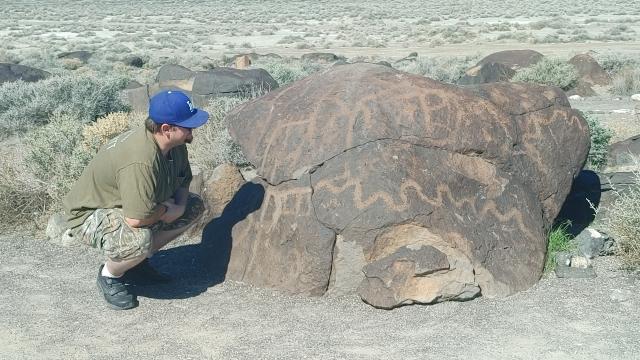
Sean is on the autism spectrum. Jack, who works as the Range Program Lead in BLM’s California State Office, feels that being Sean’s father has made him a better supervisor. Because of what Sean taught him, he doesn’t judge people by appearance, he is more accepting of differences, and he is not intimidated by people who think differently.
April is Autism Acceptance Month. Autism is a spectrum of strengths, challenges, and individual preferences and characteristics. In general, people with autism share similar traits, such as challenges with social interactions, repetitive and restrictive behaviors (like rocking or extreme interest in a specific topic), and sensory differences (for example, feeling extra-sensitive or under-sensitive to sensory input). According to the Centers for Disease Control, about 1 in 36 children and 5.4 million adults in the United States have been diagnosed with autism. It seems to be more prevalent in boys and in the Pride community.
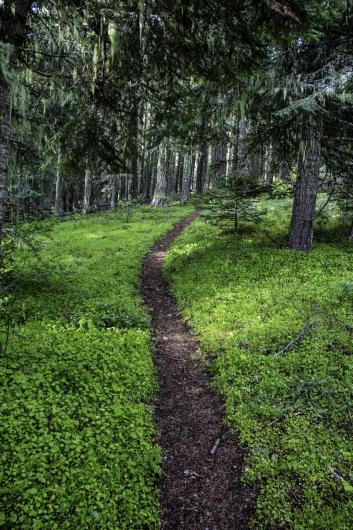
Many studies show the benefits of spending time in nature. With proper precautions, nature benefits people with autism in many ways, such as improving their emotional state and increasing their cognitive ability.
On the last Monday of each month, staff members at the Jupiter Inlet Lighthouse & Museum host a sensory-friendly morning for children on the autism spectrum and their families. Each month is thematically unique. The curated program provides people with sensory needs an opportunity to engage in a hands-on, educational activity in a safe, welcoming environment with reduced noise and fewer people.
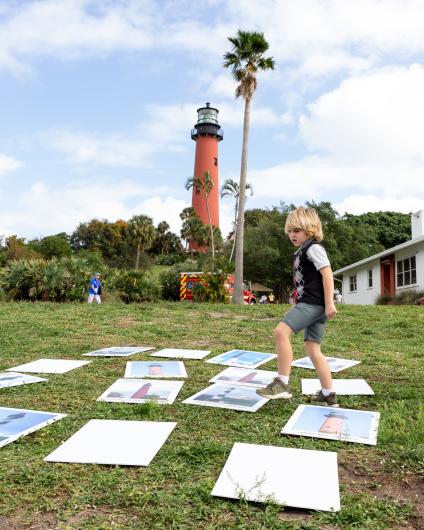
“The families enjoy being around others with a similar situation,” said Peter DeWitt, Program Manager of the Jupiter Inlet Lighthouse Outstanding Natural Area. “They are more accepting, so it feels more comfortable.”
More information on this and other activities can be found on the museum’s calendar.
The BLM Moab Field Office offers an educational experience for all students that they are looking to modify for students on the autism spectrum to learn about geology and cultural resources on public lands. They fill water bottles at Matrimony Spring after learning how sandstone acts as a filter to create safe drinking water, then talk about the connection of petroglyphs and pictographs in Sevenmile Canyon to Indigenous peoples.
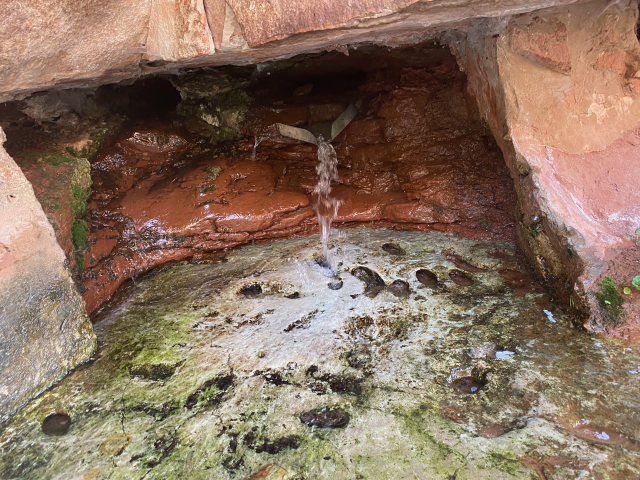
When developing an activity for children on the spectrum, focus on the strengths and needs of each individual person. Knowing their abilities and what a successful outcome is for them is key to a positive experience. Adapt to their comfort level. Hold an item in your hand, show it to them, and describe it before asking if they want to touch it. Be aware of overstimulation in a new environment.
When children with autism visit new places, one key to making it a more engaging and enjoyable experience is to create a social story. Social stories are short and simple, using words or pictures to explain what to expect, decrease anxiety, and teach rules. They are written in the first person and include lots of pictures.
For example: “I am going to Red Gulch Dinosaur Tracksite to learn about dinosaurs. First, I will get in the car. Next, I will sit in the car for one hour while we drive there. When we get there, I will stay on the boardwalk with my family. I won’t run ahead. I will see many dinosaur tracks. If it’s too noisy, then I will tell my mom and we will go sit in the car.”
Now, where will you go?
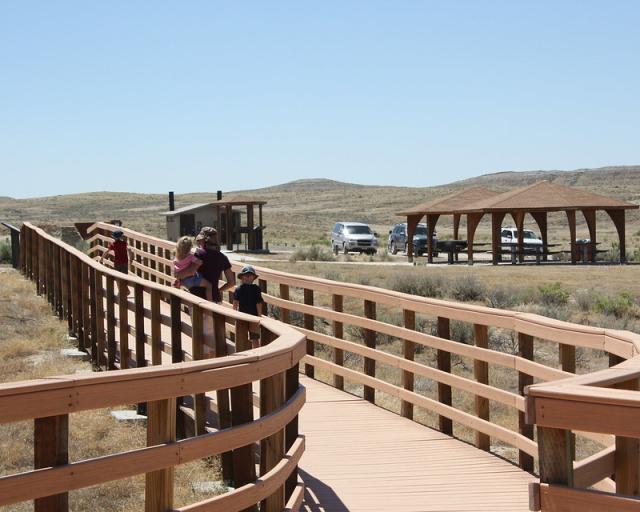
Resources:
CDC Estimates of Children with Autism in the U.S.
CDC Estimates of Adults with Autism in the U.S.
Associations Between Nature Exposure and Health: A Review of the Evidence
Social Stories for Kids with Autism
Here’s How Parks and Public Lands are Becoming more Autism-Friendly
Cathy Humphrey, Project Manager, Experienced Services Program
Related Stories
- Progress on Public Lands: BLM 2025 Trump Administration Accomplishments | January 20 - December 31, 2025
- Popular posts: BLM's most viewed blogs of 2025
- Nine years of partnership pays off: Fitzhugh Creek Meadow restoration achieves dramatic results
- Using science to uncover mysteries of the Mesa archaeological site in Alaska
- Stewardship and smiles at Samoa Dunes: BLM California hosts National Public Lands Day event
